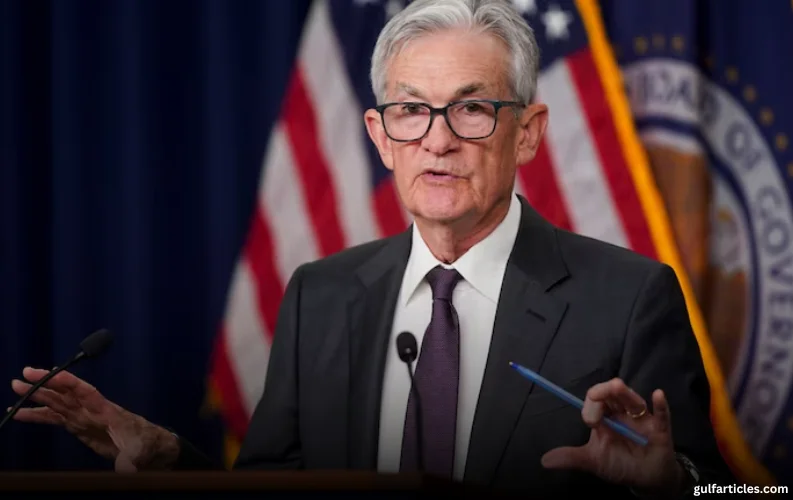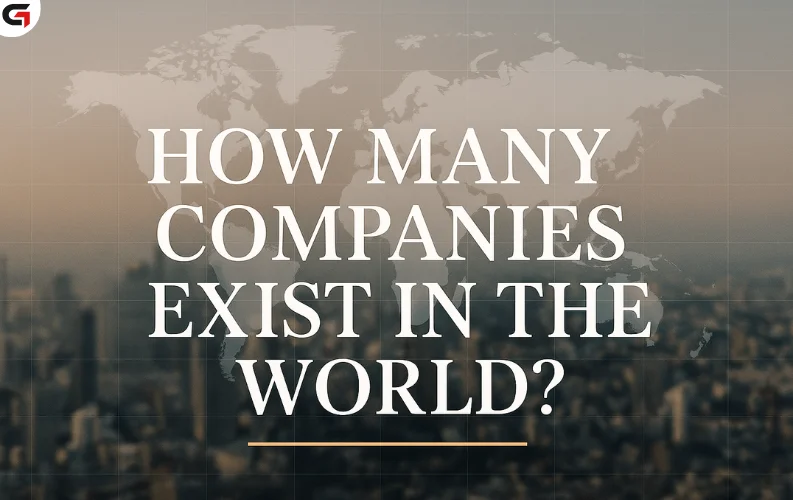Washington, D.C. – The Federal Reserve has decided to keep its benchmark interest rate unchanged at 4.25%–4.50%, citing economic uncertainty triggered by President Donald Trump’s new trade tariffs. The move comes as policymakers assess the impact of higher inflation and slowing economic growth, a situation that has created what Fed Chair Jerome Powell described as an “unusually elevated” period of uncertainty.
Rate Cuts Unlikely in the Near Term
Despite previous expectations of rate cuts this year, Powell indicated that the central bank is in no hurry to adjust monetary policy. Speaking at a press conference following the Fed’s two-day policy meeting, he acknowledged that economic sentiment has deteriorated due to policy turmoil under the new administration.
"We understand that sentiment is quite negative at this time, and that probably has to do with turmoil at the beginning of an administration that's making big changes," Powell said.
While two quarter-percentage-point rate cuts remain on the Fed’s 2025 outlook, Powell suggested that economic uncertainty is clouding projections.
"There is just really high uncertainty. What would you write down? It’s just really hard to know how this is going to work out," he remarked.
Trump Tariffs Raise Inflation Concerns
The Fed’s cautious stance comes as the Trump administration moves forward with new import tariffs, including a 25% tax on most goods from Mexico and Canada. Analysts warn that these trade policies could drive up consumer prices and create longer-term inflationary pressures.
Powell acknowledged that the tariffs represent an “exogenous shock” to the economy, meaning an unexpected external factor influencing inflation. If Trump follows through with his full tariff plan, Powell warned that the U.S. could see its highest import tax rates since the Great Depression.
Economic Growth Outlook Slashed
Alongside its decision to hold interest rates steady, the Fed revised its economic growth projections downward. The U.S. economy is now expected to expand by 1.7% in 2025, down from a previous forecast of 2.1%. Inflation projections have also risen, with the central bank now expecting 2.7% inflation by year’s end, well above the Fed’s 2% target.
“We now have inflation coming from an external source,” Powell explained, adding that the Fed will be watching closely to see whether these pressures lead to persistent price hikes in key sectors.
Market Reaction and Investor Sentiment
The Fed’s decision had an immediate impact on financial markets, with major U.S. stock indices closing sharply higher following the announcement. The U.S. dollar weakened, and Treasury yields eased as investors adjusted their expectations for future rate cuts.
According to LSEG estimates, traders now see a 62% probability that the Fed will begin lowering interest rates in June, up from 57% before the policy statement was released.
“The Fed is as lost in the wilderness as the rest of us trying to decipher the continual shifts in economic policy from 1600 Pennsylvania Avenue,” said Omair Sharif, president of Inflation Insights, referring to the White House’s role in shaping economic conditions.
Fed Adjusts Balance Sheet Policy Amid Division
In addition to its rate decision, the Federal Reserve announced that it will slow the reduction of its $6.81 trillion balance sheet, a move aimed at ensuring liquidity in financial markets. However, this decision was not unanimous, with Fed Governor Chris Waller dissenting from the statement—marking a rare policy disagreement within the Federal Open Market Committee (FOMC).
What’s Next?
Despite maintaining rates for now, Powell emphasized that the Fed remains flexible and will adjust its policies as needed depending on economic data. While Trump’s trade policies continue to reshape the economic landscape, Powell said the central bank would take a measured approach in responding to inflation and growth challenges.
"We’re not going to be in any hurry to move. Our current policy stance is well-positioned to deal with the risks and uncertainties we face," Powell stated.
With economic growth slowing, inflation rising, and financial markets adjusting to new trade policies, all eyes remain on the Fed’s next move as it navigates one of the most complex policy environments in recent years.





















